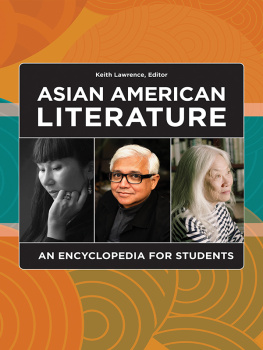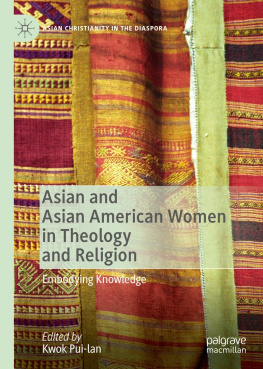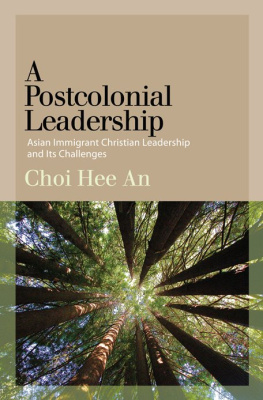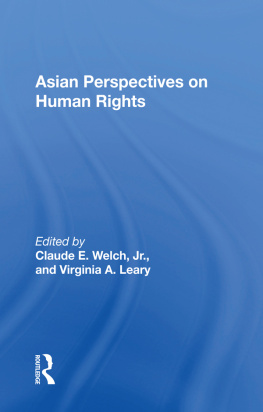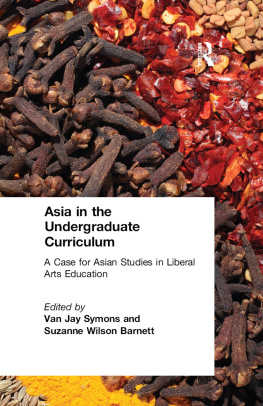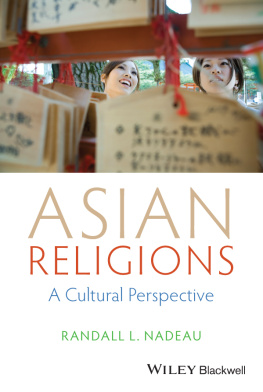
Art and human rights
rethinking
arts histories
SERIES EDITORS
Amelia G. Jones, Marsha Meskimmon
Rethinking Arts Histories aims to open out art history from its most basic structures by foregrounding work that challenges the conventional periodisation and geographical subfields of traditional art history, and addressing a wide range of visual cultural forms from the early modern period to the present.
Also available in the series
Art, museums and touch Fiona Candlin
The do-it-yourself artwork: Participation from fluxus to relational aesthetics Anna Dezeuze (ed.)
The face of medicine: Visualising medical masculinities in late nineteenth-century Paris Mary Hunter
After the event: New perspectives in art history Charles Merewether and John Potts (eds)
Photography and documentary film in the making of modern Brazil Luciana Martins
Women, the arts and globalization: Eccentric experience Marsha Meskimmon and Dorothy Rowe (eds)
Flesh cinema: The corporeal turn in American avant-garde film Ara Osterweil
After-affects|after-images: Trauma and aesthetic transformation in the virtual Feminist museum Griselda Pollock
Vertiginous mirrors: The animation of the visual image and early modern travel Rose Marie San Juan
The paradox of body, building and motion in seventeenth-century England Kimberley Skelton
The newspaper clipping: A modern paper object Anke Te Heesen, translated by Lori Lantz
Screen/space: The projected image in contemporary art Tamara Trodd (ed.)
Timed out: Art and the transnational Caribbean Leon Wainwright
Performative monuments: Performance, photography, and the rematerialisation of public art Mechtild Widrich
Art and human rights
Contemporary Asian contexts
Caroline Turner and Jen Webb
Manchester University Press
Copyright Caroline Turner and Jen Webb 2016
The rights of Caroline Turner and Jen Webb to be identified as the authors of this work have been asserted by them in accordance with the Copyright, Designs and Patents Act 1988.
Published by Manchester University Press
Altrincham Street, Manchester M1 7JA
www.manchesteruniversitypress.co.uk
British Library Cataloguing-in-Publication Data
A catalogue record for this book is available from the British Library
Library of Congress Cataloging-in-Publication Data applied for
ISBN 978 0 7190 9064 6 hardback
ISBN 978 0 7190 9957 1 paperback
First published 2016
The publisher has no responsibility for the persistence or accuracy of URLs for external or any third-party internet websites referred to in this book, and does not guarantee that any content on such websites is, or will remain, accurate or appropriate.
Typeset by Out of House Publishing
Contents
Cover
Nalini Malani, Cassandra, 2009. Detail. 30-panel polytych, acrylic, ink and enamel reverse painting on acrylic sheet. 227.5 396cm. Collection Kiran Nadar Museum of Art, New Delhi. Courtesy the Artist.
Plates
Plates can be found between pages 76 and 77. |
Figures
1.1 | Santiago Bose, Let it bleed, 1994. Synthetic polymer paint and tempera with offset prints, copper foil and solar burning on paper. 79.3 60.5cm. Collection: Queensland Art Gallery. Purchased 1995. Queensland Art Gallery Foundation Grant. Celebrating the Queensland Art Gallerys Centenary 18951995. Courtesy the Estate of the Artist and Queensland Art Gallery. |
Our sincere thanks go first to the artists who are the subject of this book, for significant assistance with our research over many years and for their input to this text, as well as to image editor Ursula Frederick and scholarly editor Glen Barclay.
Many people helped with our research and exhibition projects including: Michelle Antoinette, Scott Brook, Zoe Butt, Alison Carroll, Christine Chinkin, Christine Clark, Costas Douzinas, Debjani Ganguly, Katie Hayne, Elly Kent, Iola Lenzi, Jacqueline Lo, Sophie McIntyre, Marsha Meskimmon, Jacqueline Menzies, Charles Merewether, Andrew Melrose, Anthony Oates, Jodi Parvey, Paul Pickering, Johan Pijnappel, Suhanya Raffel, Claire Roberts, Chaitanya Sambrani, Natalie Seiz, Nancy Sever, Gene Sherman, Zara Stanhope, Martin Stuart-Fox, John White, David Williams, Asia Art Archive, and the staff of the Queensland Art Gallery (in particular Judy Gunning, Cathy Pemble Smith, Chris Saines, Aaron Seeto, Russell Storer and Robyn Ziebell).
We thank all the artists, copyright holders, institutions and photographers who have given their kind permission to reproduce images and whose names appear in our image list. We especially note the assistance of the Queensland Art Gallery, Sherman Contemporary Art Foundation, Museum of Contemporary Art, Sydney (Phoebe Rathmell), Singapore Art Museum (Aimilia Safuan and Chu Chu Yuan), Cai Studio (Stephanie Lee and Lydia Ohl), the Carnegie Museum of Art (Stefanie Brown), Bradford Museums and Galleries (Kathryn Barker), the Guggenheim Foundation (Kim Bush), Seattle Art Museum (Matt Empson), Kimsooja studio, Thavibu Gallery (Jrn Middelborg), Ota Fine Arts (Mr Ota), Mary Boone Gallery (Ron Warren), Peggy Bose, Jan Manton Gallery and Valentine Willie.
Research for this book was supported by the Australian Research Council (ARC) Discovery Project, Art and Human Rights (DP0452961, 20047). We thank our fellow Chief Investigators, Pat Hoffie and Margo Neale, and our respective institutions, especially the Humanities Research Centre at the Australian National University and the Centre for Creative and Cultural Research, Faculty of Arts and Design, at the University of Canberra. The Humanities Research Centre at the ANU supported our conferences Art and Human Rights (2003), Recovering Lives (2008) and The World and World-Making in Art (2011), and a series of exhibitions from 2003 to 2010. Our research was also greatly informed by the Asia-Pacific Triennial exhibitions at the Queensland Art Gallery.
Finally, we thank the staff of Manchester University Press, for their consistent support, excellent advice, and careful shepherding of this text.
Introduction
This book is concerned with Asian contemporary artists and the connection of their art to human rights. Our definition of human rights, drawn as it is from the United Nations Universal Declaration of Human Rights (1948), is very broad and encompasses issues of critical concern to all humanity including poverty, social justice, health and cultural rights. The majority of those we discuss would not see themselves as activists but as artists working for a better future for their communities. We focus on a cohort of artists who came to prominence in the late 1980s and early 1990s, the time when the works of Asian artists began to be seen in large numbers in exhibitions throughout the world, and when geopolitical and economic change forced not only a rethinking of arts histories but also the reconceptualisation of global frameworks for art.


